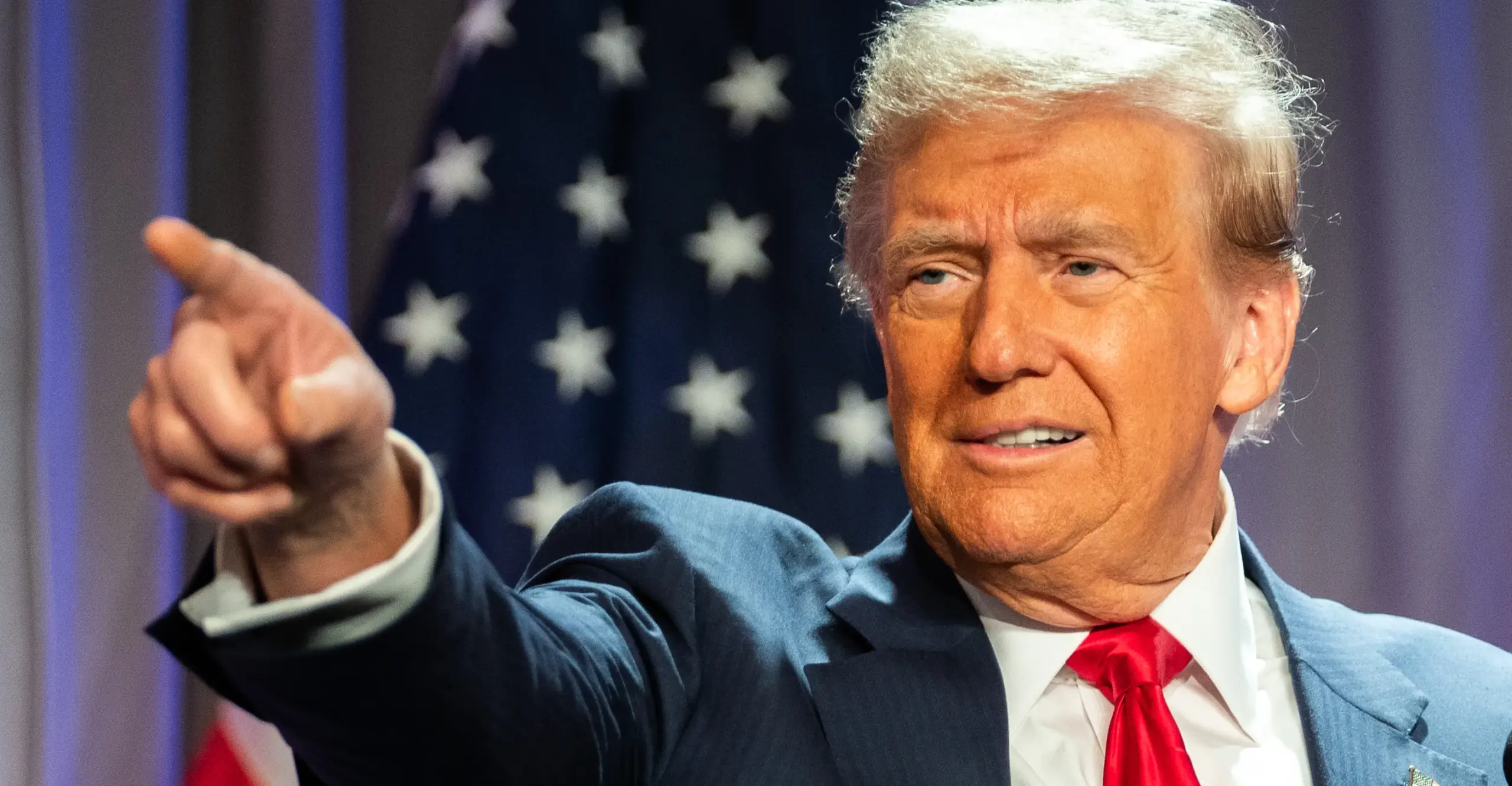Muscat, Oman – The United States and Iran have concluded their first high-level talks on Tehran’s nuclear program since 2018, marking a tentative step toward potential diplomacy after years of escalating tensions.
The discussions, held in Oman’s capital, Muscat, lasted two-and-a-half hours and were mediated by Omani Foreign Minister Badr bin Hamad al-Busaidi. Both sides described the meeting as “constructive,” with a second round scheduled for next week.
A Cautious but Positive Start
The talks represent the most significant engagement between Washington and Tehran since former U.S. President Donald Trump withdrew from the 2015 Joint Comprehensive Plan of Action (JCPOA) and imposed harsh sanctions on Iran.
Iranian Foreign Minister Abbas Araghchi called the discussions “peaceful and respectful,” emphasizing that no “inappropriate language” was used—a notable contrast to Trump’s past threats of military action if diplomacy failed.
The U.S. delegation, led by Special Envoy Steve Witkoff, conveyed Washington’s willingness to resolve differences “through dialogue and diplomacy.” The White House later stated that the talks were “very positive” and that direct communication was key to progress.
Indirect Talks with a Brief Face-to-Face Moment
While the negotiations were primarily indirect—with messages relayed through Omani mediators—Araghchi and Witkoff briefly spoke in person, a small but potentially significant development.
Iran, wary of domestic hardliners opposed to concessions, downplayed the interaction, ensuring no photographs were taken.
Key Sticking Points
The core challenge remains whether the two sides can agree on terms for a new deal:
- U.S. Demands: The Trump administration has insisted Iran must completely abandon any nuclear weapons ambitions—a stance reinforced during Israeli Prime Minister Benjamin Netanyahu’s recent White House visit. Netanyahu has pushed for a “Libya-style” dismantling of Iran’s nuclear program, an idea Tehran vehemently rejects.
- Iran’s Position: Tehran maintains its nuclear activities are peaceful and seeks sanctions relief in exchange for limited—but not eliminated—nuclear restrictions.
Escalating Tensions and Tight Deadlines
The talks occur under intense pressure. Since the U.S. exit from the JCPOA, Iran has progressively violated the deal’s limits, enriching uranium to 60% purity—close to weapons-grade levels.
Meanwhile, the U.S. has bolstered its military presence in the region, deploying additional warships and bombers, while maintaining sanctions. Trump warned that failure in these talks would lead to a “very bad day for Iran.”
What’s Next?
The second round of talks is expected next Saturday, though the location may change. Both sides have signaled they want substantive progress, not prolonged negotiations.
With Iran’s nuclear capabilities more advanced than in 2015 and regional tensions high, the path to a deal remains uncertain. However, the mere fact that talks are happening at this level suggests a possible opening—however fragile—for diplomacy.
Key Questions Moving Forward:
- Can the U.S. and Iran bridge their vastly different demands?
- Will domestic politics in both countries allow for compromise?
- Can Oman’s mediation help prevent another breakdown in negotiations?
As the world watches, next week’s follow-up meeting could determine whether this diplomatic effort gains momentum—or collapses before it truly begins.
(Sources: Reuters, White House statements, Iranian state media)



